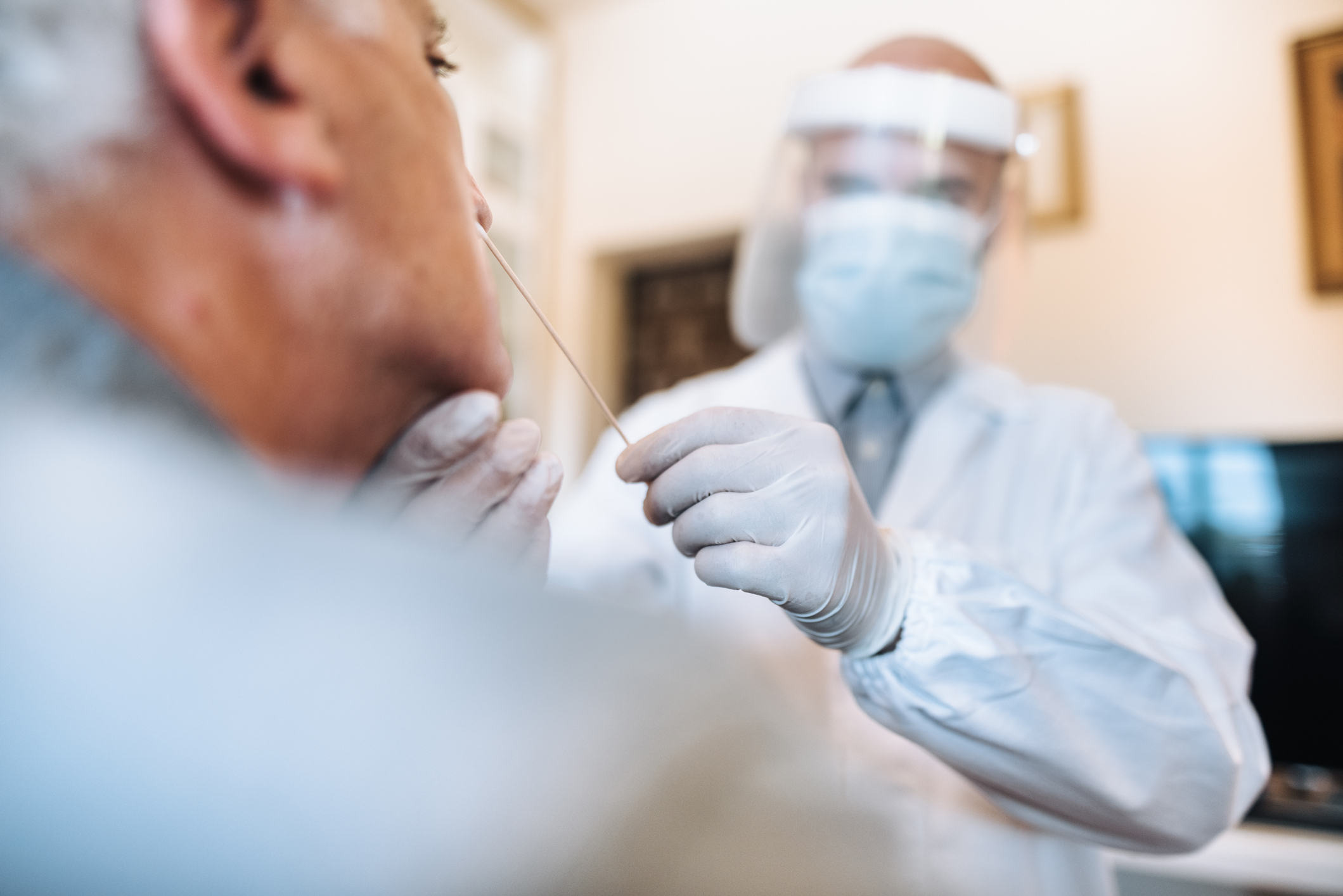Omicron Watch: Assessing The Fear
Cases are surging … but the early data on the latest variant is far more positive than the mainstream media would have you believe.
I got a lot of grief on social media last week for a post which dared to challenge the mainstream me
